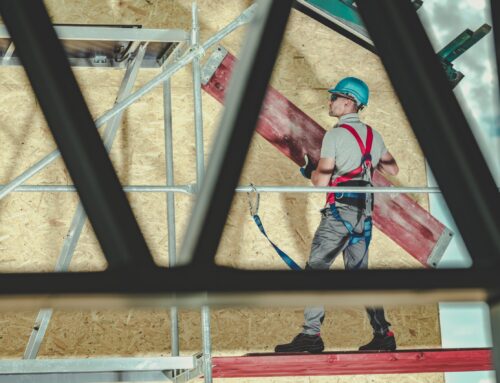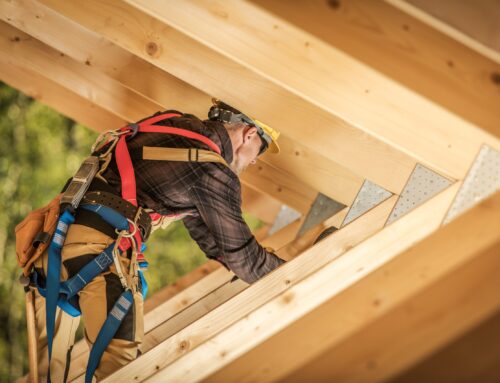Safety Talk
Women are twice as likely as men to suffer ergonomic-related injuries. There are several reasons for this difference, including the fact that personal protective equipment is often designed for men, not women; female-dominated careers such as healthcare often require prolonged sitting, standing or awkward postures; hostile work environments may discourage asking for or offering help; and the fact that women are less tolerant of temperature extremes, which can increase their risk for back injuries and other musculoskeletal disorders.
What’s at Stake
Failing to follow good ergonomics practices can bring long-lasting, painful and sometimes debilitating consequences. Repetitive and forceful movements, exposure to vibration, and poor posture all contribute to injuries of the muscles, nerves, joints, cartilage, and tendons.
Tradeswomen often report their physical strength being “tested” by their male counterparts and feeling as though they cannot ask for help. Feeling like you can’t ask for help, or that you can’t accept if it’s offered, or that it’s a much bigger deal for a woman to ask for help, is a problem—one that can lead to workers overexerting their physical capacity and injuring themselves.
What Can Go Wrong
Jennifer had stopped asking for help with heavy items after being ridiculed by some of her male co-workers. So when she came across a heavy box in the aisle of the warehouse, she lifted it and pulled a muscle in her back. The pain she felt caused her to then drop the box on her foot, rupturing several of her metatarsal ligaments. Jennifer was rushed to hospital, where she was told that her foot might never heal.
How to Protect Yourself
Limit:
- Strenuous work requiring balance or lifting weights of more than 50 pounds (23 kilograms). Know your limits, ask for help and encourage others to ask for help.
- Prolonged sitting or standing.
- Physical exertion in temperature extremes. Hot weather can cause muscle fatigue, while cold weather can make the muscles less flexible, increasing your risk for injury.
Ask your supervisor for:
- Education and training on signs and symptoms of musculoskeletal disorders, including pain or soreness; tingling, numbness or loss of sensation; swelling, stiffness or inflammation of joints, weakness; lack of coordination; and cold hands.
- Education on neutral postures and correct body mechanics for activities such as lifting and lowering, pushing/pulling, holding and carrying objects.
- Ergo breaks: These are short breaks that give your body a chance to rest and reduce discomfort.
- Personal protective equipment especially designed for women.
- Adjustable workstations.
- Aids such as carts, dollies or conveyors to reduce the need for lifting.
Final Word
Learning to recognize the early warning signs of MSDs, and knowing how to reduce your chances of injury can make a huge difference in your quality of life, both on and off the job.






